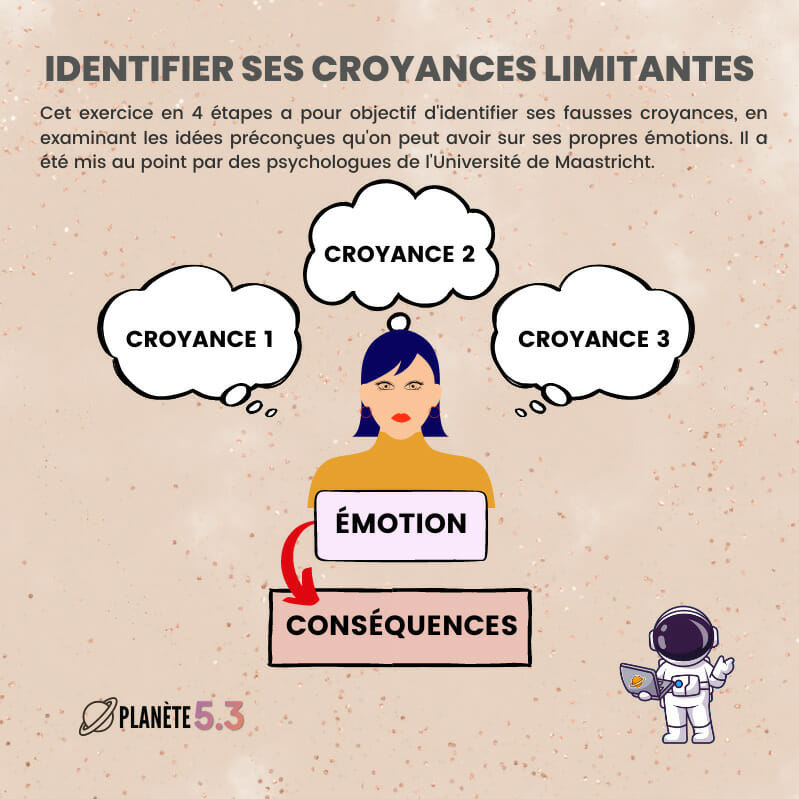- What are the symptoms of carcinoma?
- What are the two types of carcinoma?
- What is the difference between carcinoma and melanoma?
- What are the causes and risk factors?
- How is the diagnosis made?
- What are the stages of evolution?
- What is the life expectancy with carcinoma?
- Carcinoma treatments
- Carcinomas: what are the latest advances?
If the sun has beneficial effects to synthesize vitamin D and to bring a feeling of well-being thanks to the secretion of endorphins, a low dose is enough. Too much exposure to light rays has negative repercussions on the skin: UVA radiation promotesappearance of wrinkles and dark spotsbut also can (along with UVB rays) damage DNA and give rise to skin cancer.
What are the symptoms of carcinoma?
There are 2 types of skin cancer: melanomas and carcinomas.
- THE carcinomas account for 80% of casesthey are more superficial and may appear as pimples, sometimes with scabsor which give the impression of not healing.
- Melanomas are rarer but represent the most severe form.
Carcinomas and melanomas develop from melanocytes, either from a mole or on an area without a mole. So you have to be in both cases, attentive to any lesion that will seem strange, unusual and not only from a mole.
Most of carcinomas develop on parts of the body that are fairly exposed to the sun, especially the skull. In effect, bald heads accumulate large doses of ultraviolet rays and are more at risk of developing carcinomas over the years. Reason why, the hat or the cap are essential in sunny weather.
They can also appear as small translucent pearls around the eyes, cheeks or even the forehead, or nodules under the skin, or even a pink patch.
What are the two types of carcinoma?
THE basal cell carcinoma is the most frequent, since it represents 70% of skin tumours. In 80% of cases, it affects the face, but it can also affect the scalp (in case of baldness), the neck and the back. But it is also the least serious, because it does not cause metastasis. Also, its removal is enough, in the vast majority of cases, to ensure its definitive cure. However, if it is taken care of late, it can extend in depth, and then, surgery and even radiotherapy are no longer possible.
THE squamous cell carcinoma (20% of skin cancer cases) appears on exposed areas, but also on chronic wounds, scars, etc. Although less aggressive than melanoma, this skin cancer is also capable of forming metastases, and must therefore be treated as soon as possible. So, its total surgical removal is generally enough to cure it. On the other hand, if it has already induced metastases that cannot be operated on, other treatments will be prescribed: chemotherapy (which consists of destroying the tumors with other drugs) or radiotherapy (which is based on the use of radiation), curage lymph node (removal of affected lymph nodes), etc.
What is the difference between carcinoma and melanoma?
Carcinoma is a skin cancer, which most often affects part of the skin exposed to the sun on a regular basis, while melanoma can follow a violent sunburn. The two do not develop in the same way. Carcinoma originates in the basic cells of the epidermis. Melanoma arises from cells that produce melanin. Unlike the carcinoma that is mostly curablethe melanoma remains very aggressive.
What are the causes and risk factors?
From causes that would cause the presence of a carcinoma are:
- regular exposure to the sun;
- indoor tanning;
- the tobacco ;
- and human papillomavirus.
THE chronic skin diseases and the radiotherapy are also known to be risk factors for carcinoma.
How is the diagnosis made?
If in doubt about the appearance of a mole, sore or pimples, consultation with a dermatologist turns out to be unavoidable. The latter will be able, just by observing with a magnifying glass, to establish a first diagnosis in order to know whether it is a carcinoma or not. THE diagnostic can then be completed by a more in-depth analysis under the microscope, by taking a sample, as well as by a skin biopsy.
What are the stages of evolution?
As with any type of cancer, doctors rely on the international TNM staging system which defines tumor size, lymph node involvement and the presence of metastases in other parts of the body. Furthermore, we note 5 stages: stage 0 is equivalent to a tumor in situ when stage 4 corresponds to the birth of metastases in neighboring organs. Carcinoma is no exception to the rule.
What is the life expectancy with carcinoma?
GOOD less serious than melanoma, carcinoma is rarely fatal (basal cell carcinoma never metastasizes), as long as it is treated early enough. Life expectancy is therefore not affected.
Carcinoma treatments
The treatment of carcinoma most often involves surgery with local anesthesia, at the dermatologist’s office.
For the most superficial cases, other treatments can be put in place, through the application of creams to be applied locally for 4 to 6 weeks ; taking pills or cryotherapythat is, burning cancer cells with liquid nitrogen or nitrous oxide.
In very advanced forms of basal cell carcinoma, if the patient cannot benefit from either surgery or radiotherapy, a drug (vismodegib, sonidegib) can make the cancer disappear in 6 to 12 months on average.
Basal cell carcinomas evolve slowly and are well cared for because they do not cause metastases, unlike squamous cell carcinoma. That said, these are cured in 90% of cases with adequate treatment.
In case of squamous cell carcinoma, if the tumor is already accompanied by metastases that cannot be operated on, the doctor will combine it with chemotherapy or radiotherapy and sometimes lymph node dissection. In more than two-thirds of cases, this treatment is effective. In the event of recurrences with metastases, an injection of immunotherapy (Cemiplimab) is now preferred every three weeks for as long as possible. “This molecule could even have an effect after stopping treatment for several months or even several years”underlined in 2021 at Top HealthProfessor Meyer, onco-dermatologist at the IUCT oncopôle, in Toulouse.
Carcinomas: what are the latest advances?
The management of advanced stages of squamous cell carcinoma has greatly improved in recent years, thanks to theimmunotherapy, which has proven effective in 40% of patients. Among the molecules available: the anti-PD1 cemiplimab (authorized in 2019) and nivolumab (2021 for head and neck tumours). “Another anti-PD1 should arrive soon: pembrolizumab“, says Pre Marie Beylot-Barry, head of the dermatology department at the Bordeaux University Hospital.
With regard to basal cell carcinoma, while for a long time the advanced forms of this cancer remained untreated, in 2014 the “hedgehog inhibitors” began to arrive. To date, two are available in France: the vismodegib and sonidegib. “Representing a major advance, these targeted therapies allow tumor regression in a few months – even if it is at the cost of side effects [spasmes musculaires, perte de cheveux, perte d’appétit, fatigue, etc. NDLR]“, explains Pre Beylot-Barry. Soon could also arrive in France a first immunotherapy for the advanced stages of basal cell carcinoma: cemiplimab, authorized in Europe in 2021.
About the superficial forms of this cancer, it has been possible to treat them without surgery for about twenty years! And this thanks to two treatments that are still little known: “Imiquimod cream which, applied to the level of the lesion, helps the immunity to destroy the cancer on the spot; and dynamic phototherapy, which aims to destroy the tumor via exposure to light of specific wavelengths, preceded by the application of a photosensitizing cream“, ends the head of the dermatology department.
Reviewed by Doctor Anne-Christine Della Valle, general practitioner, specializing in infectious and tropical diseases, hospital hygiene and gerontology.
Sources:
















